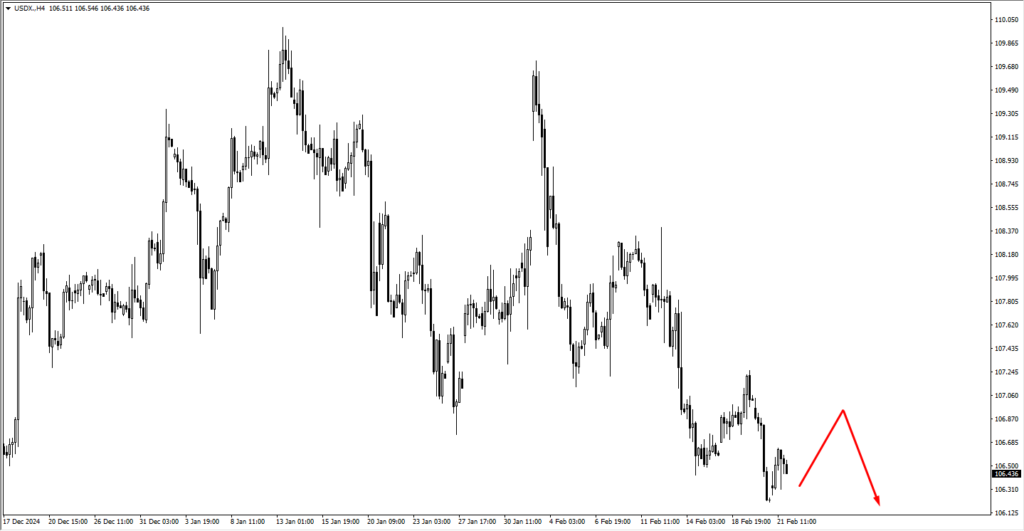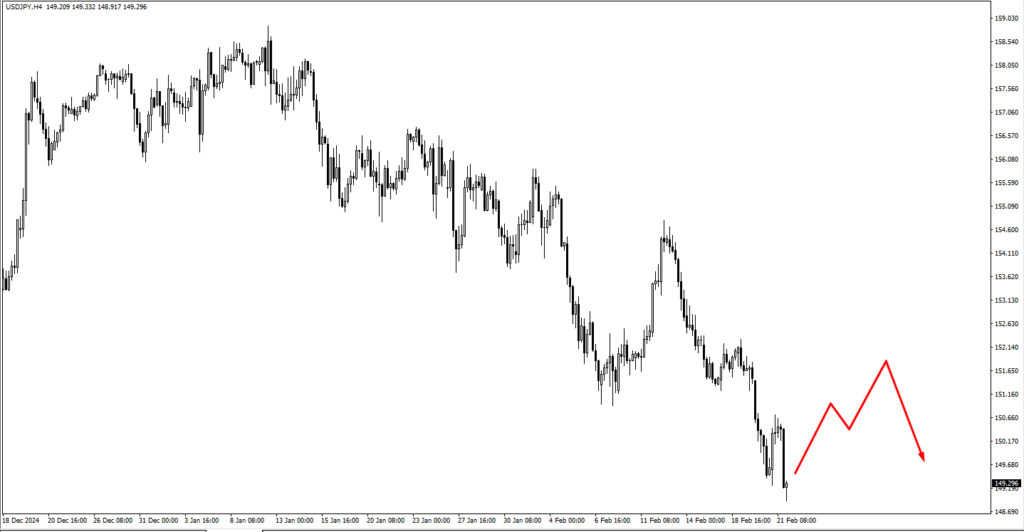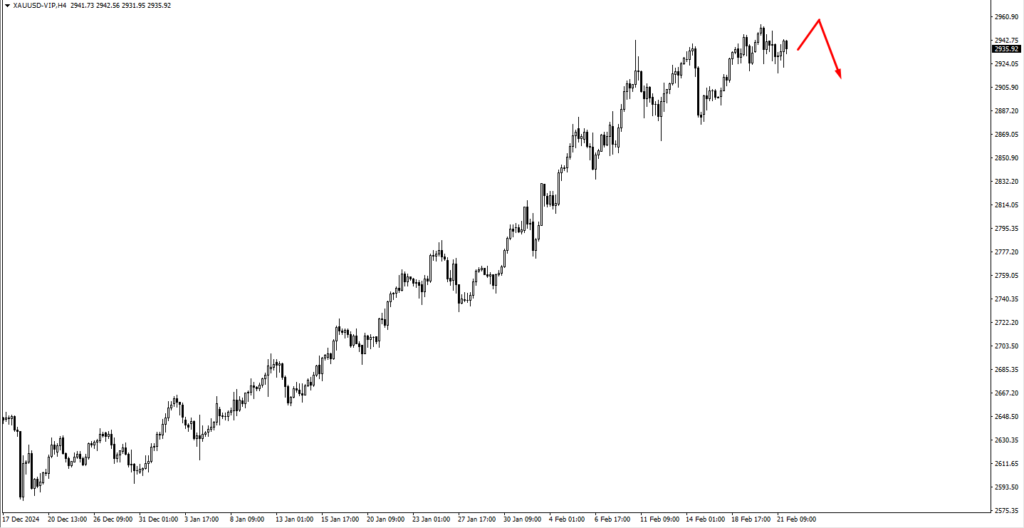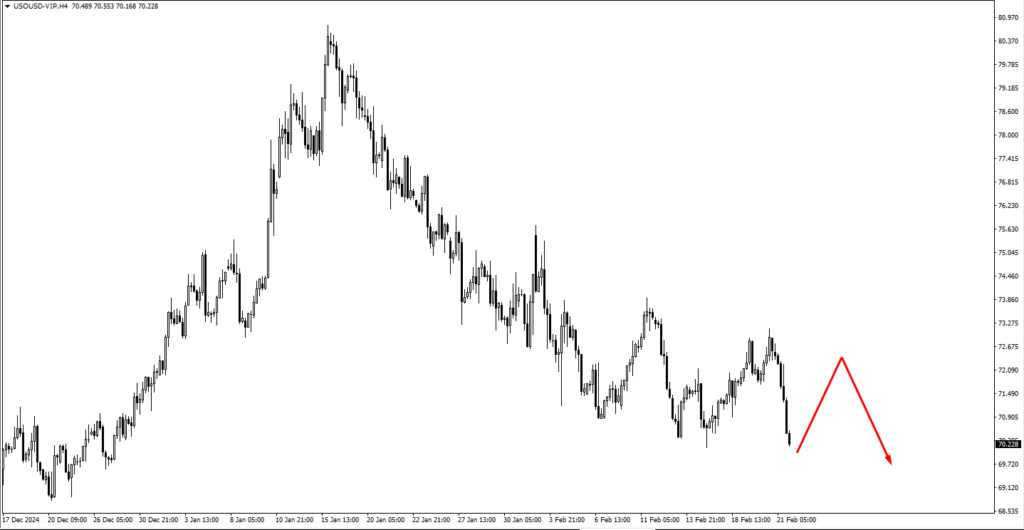
Money moves where the yield is highest, but what happens when central banks start slashing rates? As the Federal Reserve, European Central Bank, and Bank of Canada prepare for their next policy moves, the forex market is caught in a tug-of-war between rate expectations and cross-border tensions. The stakes are rising, and so is the volatility.
Since the start of the year, central banks worldwide have taken decisive action on interest rates. The Federal Reserve, European Central Bank, Bank of England, Bank of Japan, Reserve Bank of Australia, and Reserve Bank of New Zealand have all clarified their positions, setting the tone for the months ahead.
But the focus is now shifting toward the upcoming rate decisions from the European Central Bank, Swiss National Bank, and Bank of Canada. Early signals suggest further rate cuts across the board, reinforcing a broader trend toward monetary easing.
If these rate reductions go forward as anticipated, the Federal Reserve and the Bank of England will stand alone with the highest interest rates among the world’s major economies.
Ceasefires and Tariffs Abound
But it’s not just central bank policy that’s steering the market. Political choices and volleys are playing their part as well.
In the short term, optimism over a potential ceasefire agreement between the U.S. and Russia in Ukraine has lifted risk sentiment, allowing traditionally weaker currencies such as the euro, British pound, Australian dollar, and New Zealand dollar to regain ground against the U.S. dollar.
Additionally, U.S. tariff threats—long a source of volatility—have temporarily taken a backseat, fueling a relief rally.
However, assuming the dollar’s weakness will last would be premature. Several critical deadlines loom on the horizon, each with the potential to shift market sentiment dramatically.
On March 4, the 25% tariffs on Mexican and Canadian goods under the International Emergency Economic Powers Act are scheduled to take effect. Just days later, on March 12, another round of 25% tariffs on steel and aluminium imports under Section 232 is set to begin.
The most unpredictable moment may come on April 1, when President Trump is expected to announce reciprocal tariffs on multiple trading partners. If enacted, these tariffs could set off a new wave of global trade conflicts, forcing traders to seek safe-haven currencies such as the U.S. dollar and the Japanese yen.
Market Performance This Week
As central banks edge closer to critical policy decisions and trade tensions loom, volatility is creeping back into key asset classes. With price consolidations in some areas and sharp moves in others, we’re watching closely to see whether these trends will hold or break in the coming sessions.
In forex, we think the U.S. Dollar Index (USDX) is still feeling downward pressure, despite some temporary rebounds. The index found support around 106.05, but we’re keeping an eye on whether it can hold or if further downside to 104.90 or even 104.50 is on the horizon.

If market sentiment continues to lean risk-on, dollar weakness could persist. However, given the tariff deadlines approaching in March and April, any trade war concerns could send the greenback sharply higher as a safe-haven asset.
The Japanese yen is positioned as a potential winner if global uncertainties persist. Currently trading around the 149.20 level, USD/JPY could see downward momentum if risk aversion returns.

A bearish move could be triggered at the 151.70 level, especially if traders shift back into safe-haven assets.
Commodities are also feeling the effects of currency fluctuations. Gold remains within a selling zone near 2945, with stronger bearish momentum needed to convince more sellers to enter the market. If prices push higher, traders will look to 3070 as a potential resistance level.

Meanwhile, oil prices are reacting to market sentiment, with crude trading just under 73.50 and facing key support levels at 71.85 and 68.20.

Bitcoin, often seen as a hedge against economic uncertainty, is also showing signs of correction. If BTC/USD breaks below 94,066 or 93,381, it may trigger a push higher. However, a deeper correction could be in store if Bitcoin drops past the 89,146 mark and consolidates, potentially testing support around 80,000.
Markets This Week
On Wednesday, February 26, all eyes will be on the Australian Consumer Price Index (CPI) year-over-year, with a forecast of 2.60% compared to the previous 2.50%. We think this release will be a key driver for AUD/USD, especially if inflation comes in higher than expected.
If the Aussie dollar is consolidating ahead of the event, bullish patterns could emerge, pushing the currency higher. However, a weaker-than-expected print could fuel speculation of further rate cuts from the Reserve Bank of Australia, keeping downward pressure on the currency.
Moving to Thursday, February 27, the U.S. Preliminary GDP quarter-over-quarter is expected to hold steady at 2.30%. We think this figure will be crucial in shaping expectations for Federal Reserve policy.
If the data surprises to the upside, it could reinforce the Fed’s reluctance to cut rates in the near term, potentially boosting the U.S. dollar. On the other hand, if GDP growth slows, it may reignite speculation about rate cuts later in the year, weakening the dollar and fueling risk assets. We’ll be paying close attention to how the dollar reacts to this release, particularly with USDX support levels.
Friday, February 28 brings a flurry of economic data from the eurozone, Canada, and the U.S., each of which could have major implications for currency markets.
The German Preliminary CPI is forecast at 0.40% compared to the previous -0.20%. If the actual print aligns with forecasts, we think it will be euro-positive, reinforcing the European Central Bank’s stance on inflation. However, if inflation remains weak, it could put pressure on the euro and increase the likelihood of further rate cuts from the ECB.











